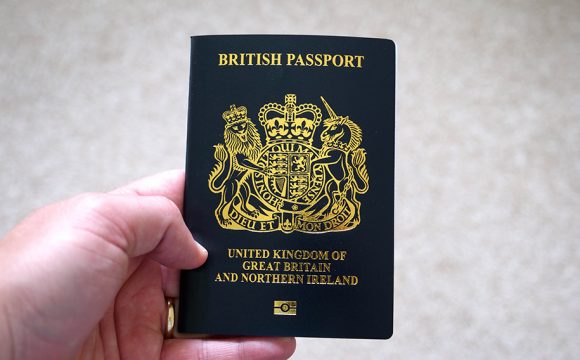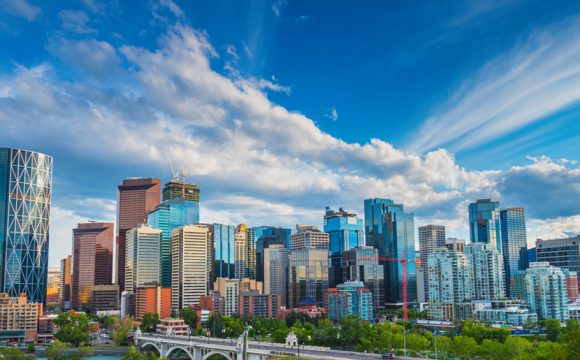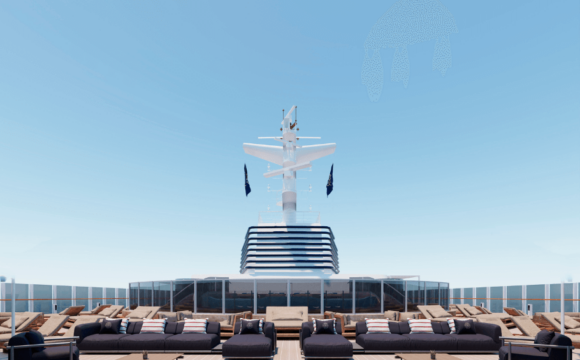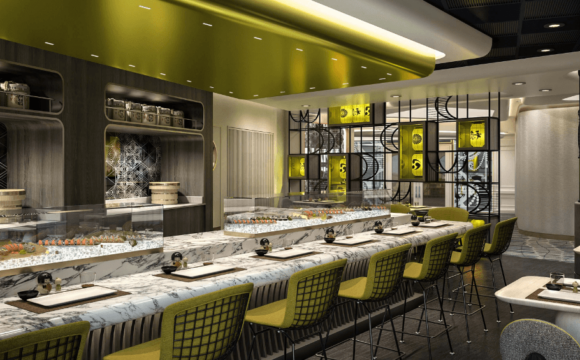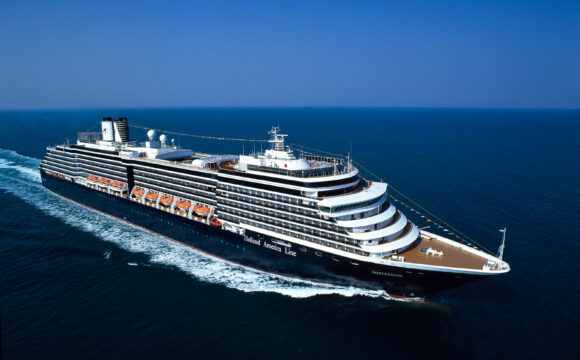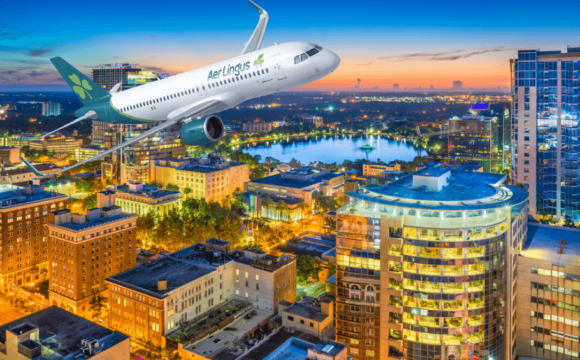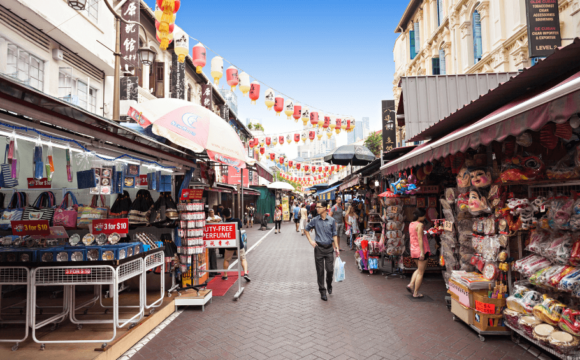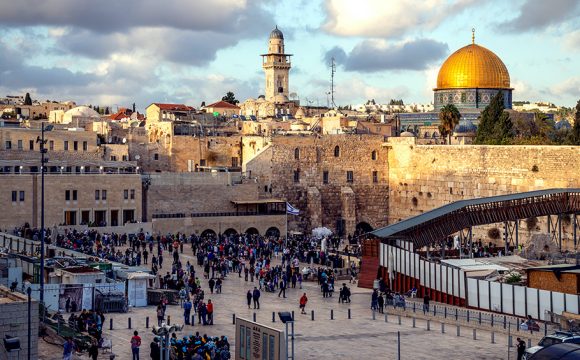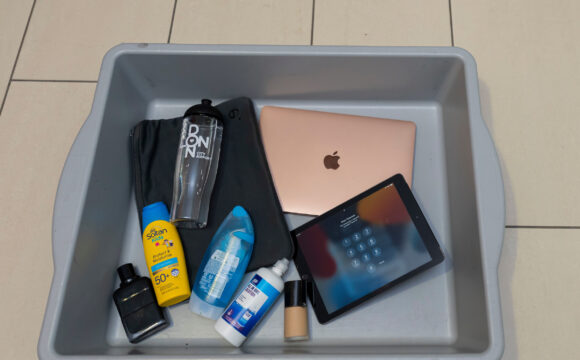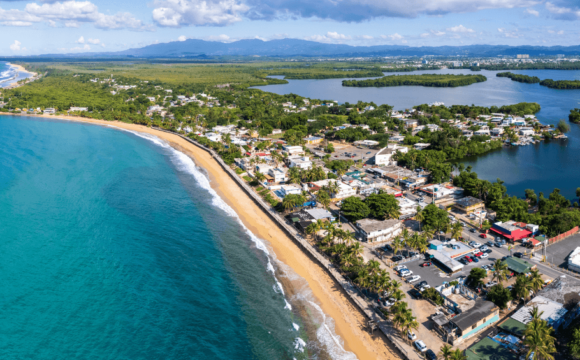First impression in Budapest: the Danube. We London folk (well many of us) are proud of the Thames – but the Danube is in another league for breadth and impact and the size of the boats and cruise ships put most of the moving craft in London almost in a Dinky toy scale.
So whether it’s a couple of hours round one of the islands mid-stream on the river or a longer trip including a spot of lunch or dinner it is highly recommended. A suggestion is to embark early evening or late teatime and come back after dark to get daylight and night time shots of the hillside of Buda and, of course, the Parliament buildings, on the Pest side, one of the most reproduced civic structures in the world. (Photographer’s tip: don’t use a tripod on moving vessels as the engine vibes can blur things slightly – try a higher ISO value for a slower shutter speed).
About Budapest, the capital of Hungary, is a highly developed tourism destination, excellent value and good fun. It had a history of stability and prosperity in the 19th Century as a dual monarchy within the Austro-Hungarian Empire. Until they were joined in 1873, Buda and Pest were two separate cities opposite each other on the Danube. Soon after the join Budapest became the Empire’s second city with Vienna.
Budapest’s past prosperity is reflected in the great art collections in the city. For example the Museum of Fine Arts (Szepmuveszeti Muzeum) founded in 1906 has a permanent collection of over 100,000 exhibits – and there are at least 10 more collections of such substance – Budapest is also a world centre for modern art. What is remarkable is that the museums and contents survived the darker times for Budapest in the mid-twentieth century. Like other Central and Eastern European countries they suffered in WW2 and passed into Soviet rule after the War. This year is the 60th Anniversary of the 1956 Hungarian uprising – a student protest ruthlessly put down by the Soviets with T54 Tanks! Free elections in 1990 followed the fall of Communism and Hungary joined the EU in 2004 – it still keeps its currency, the Forint, for which you will get 350 to 400 to the pound. Getting down to another bit of reality I’ve noticed after two visits that Hungarians really like it if you pronounce Budapest their way – which is “Buda- peshed” rather “Pest”.
Getting around Budapest: for a first visit I strongly recommend the Budapest Card which has an online offer at €16 and is valid for a year and comes with an App maps and directions see: budapest-card.com/en/ Getting around is easy with a good Metro system, buses and trams plus some trains and a funicular up the hill on the Buda side.
Money matters! Four points: in Budapest visitors with UK “Senior” travel concessions can travel free on public transport providing they are carrying an age specific Government ID, a copy won’t always be accepted at the barrier. Second point: carry a UK photo driving licence (credit card size) to avoid carrying a passport. For anyone I suggest they obtain a photo driving licence, even before renewal date of a paper one, at a cost of £15 plus a photo “matching” (but not identical) passport photo and passport details. Final point, in Budapest the famous Spa Baths (see below) will only accept Hungarian Forint cash in payment for entry, locker towels etc.
World famous “Public Baths”: give one a try. At minimum, any visitor to Budapest should consider a visit (if only a walk round) to the architecturally spectacular Traditional Thermal Baths in the surrounds of which there are shaded cafes with drinks, snacks and whatever you fancy. I put “Baths” in quotes because one of my UK Local Council connections (as they say in racing), involved with swimming pools say they have spent years trying to eliminate the word “baths” from descriptions of leisure pools, leisure centres and so on.
The definition of “public baths” is along the lines of: “Public baths originated from a communal need for cleanliness at a time when most people did not have access to private bathing facilities.” By the way the natural thermal spa water comes up at 140°C which is of course cooled down. In mainland UK we have only one single thermal spring water source in Bath which comes up at a measly 40°C. Just wear ordinary swimming togs. Art students take a note book and a Boy Scout’s pencil which writes in steam or under water. Sorry but Senior Citizens don’t get a discount and have to pay cash as well – but there are plausible claims for benefits in kind! I have visited several thermal spa locations in other Eastern Europe countries particularly in the Balkans and a lot of fairly cautious spenders from places like Switzerland and Germany go… simply because it makes them feel better.
Music in Budapest a workplace of Liszt. The Opera is excellent value with tickets starting at €20 but there can booking problems along the lines of: for productions with “stars” either it’s too early “not yet confirmed” or “too late sorry no tickets left.” And watch out for July and August events when some regular productions are not running due to hot weather.
There are also minor shows which are very good value and I personally like an occasional slightly wild gipsy style entertainment which pop up in bars and some restaurants around the city.
Having said that the programmes to seek out are those at the Hungarian State Opera (Operaház) completed in 1884 where previous musical directors have included Gustav Mahler and Otto Klemperer. In June each year they have a Wagner programme.
One other smaller, 900 seater theatre, is very popular the Operetta Theatre (Budapesti Operettszínház) with Hungarian operettas and contemporary musicals in the repertoire. Again, there are very few short notice tickets available. Better to book ahead online with a card just in case there’s a problem when you get there. Some of the most charming opera followers have sharp elbows!
The Children’s Railway is a pleasant outing in the wooded hills above Buda. The Railway (Gyermekvasút) is run by children under the supervision of adult railway workers. There are seven stops on a circular journey and each stop has some sort of feature such as a small zoo. The uniformed children do all the booking, ticket sales and some use whistles and flags.
Budapest: a world of art. It’s worth remembering that Budapest vied with Vienna competing on general style and architecture. The wealth of choice in all the galleries and museums is like a huge luxury buffet so one way of planning an outing is to choose a period or style and then checking online for the best spots (with opening hours and entry costs). Everything is covered from pre-in Roman, Roman, medieval and so on.
Also, there are usually special shows on and galleries specialising modern art including sculpture and photography. The latter has the Robert Capa Centre. Capa came from Budapest and was one of the greatest war photographers covering the Spanish Civil War and many WW2 campaigns. All this work was in black and white. However Capa in Color shows work from a hitherto unpublished archive of 4,200 colour transparencies from the late 1940’s. Capa cultivated contacts in smart society and Hollywood and was friends with the likes of Ingrid Bergman, Humphrey Bogart, Orson Welles and Pablo Picasso among others.
Food and Drink
For tasting Traditional Hungarian food I would go straight to the Cyrano Restaurant in Váci Street. They have three tasting menus price at €10 to €14. They are in Váci Street, near St. Stephen’s which is so busy teeming with Restaurants, Bistros and Bars that there is a website devoted to it. Budapest is a very large city (Pop about 1.7 million) and each area has it’s own “best places”.


